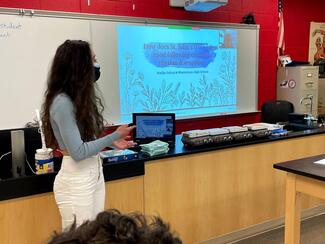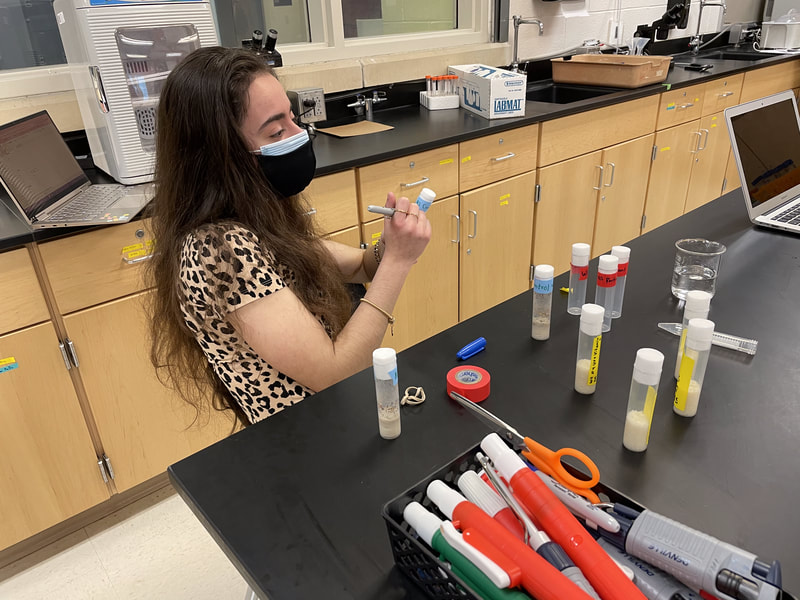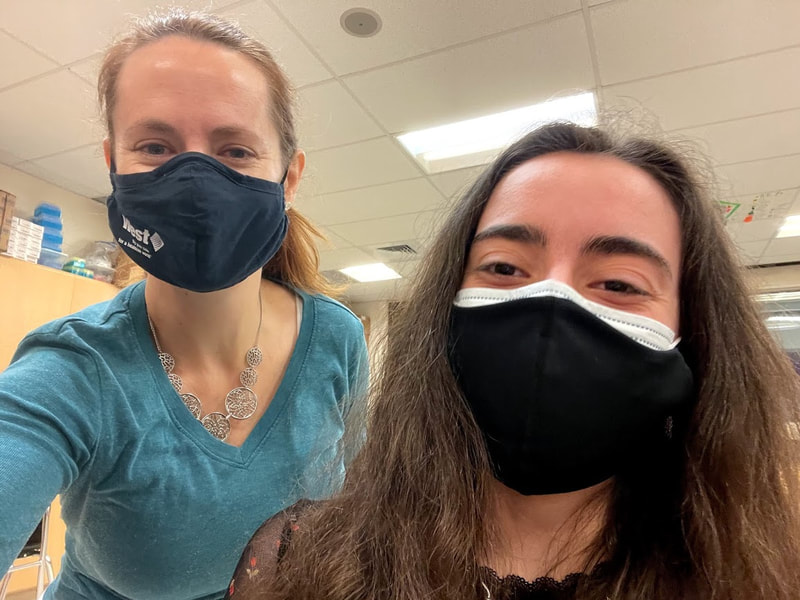 Hi again!! Last time we spoke I had already completed my introductory experiment. Here, we were assigned a question to study and given the plan to do so, with my question asking if St. John’s wort affects mood following circadian rhythm disruption. I hypothesized that St. John’s wort, which is seen as a natural remedy for mild depression, would help stabilize mood in flies who’s circadian rhythm had been disrupted, while creating negative effects in flies who did not have this disruption. My reasoning being that St. John’s wort is used to help bring back mood to a normal level, so administering it to animals with an already normal mood would create adverse effects. My data showed ‘mood swings’ in the non-stressed flies, with their sociability going up and down over time- very interesting to see! At this point in the program, we have already chosen what we want to study for our independent experiment, designed and planned out several weeks of experimental plans, and completed two weeks of actually carrying out this experiment!! I have decided to study blue light and how it affects learning in developing brains. Ever since March 2020, kids in grades Pre k to 12th have been completing all of their learning at home, on a screen that emits blue light. While everyone has heard of the dangers of blue light on your retinas, or perhaps the effect it can have on your sleep, there's not much information out there on how blue light can affect learning. For this reason I am choosing to study blue light and its effects on learning on developing brains, as our brains are still developing and will continue to do so until we are around 25 years old. To carry out this study, I am using the larval memory assay which uses Pavlovian style conditioning to teach larvae (whose brains are still growing) to associate a scent with reward (sugar!) and later test if they successfully learned and remembered this association. There will be three conditions: a control (to compare results to), one vial in which it is exposed to blue light only while it is learning, and a third that is exposed to constant blue light during its entire waking hours (12 hour cycles of off/ on light). I chose to have a vial with constant blue light since we aren’t solely exposed to blue light while learning, but rather throughout the day via different devices for entertainment. I hypothesize that exposure to blue light will negatively affect learning, with the groups exposed to blue light all throughout the day having a worse result. So far I have seen promising results, although I cannot conclude anything because it’s too early on in the experimental process. See you in the next blog where I’ll be back with a conclusion to my study!! <3
0 Comments
Your comment will be posted after it is approved.
Leave a Reply. |
Archives
April 2024
Categories
All
|



 RSS Feed
RSS Feed